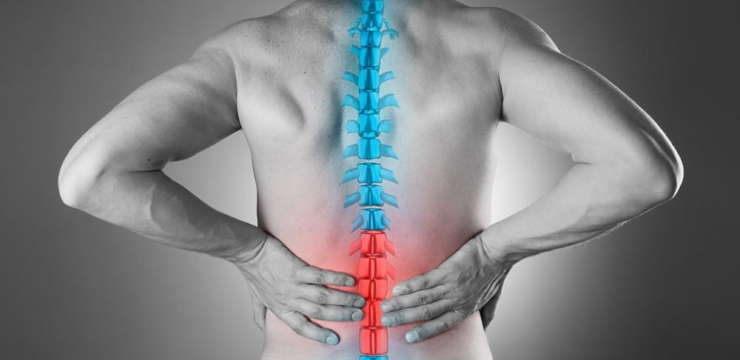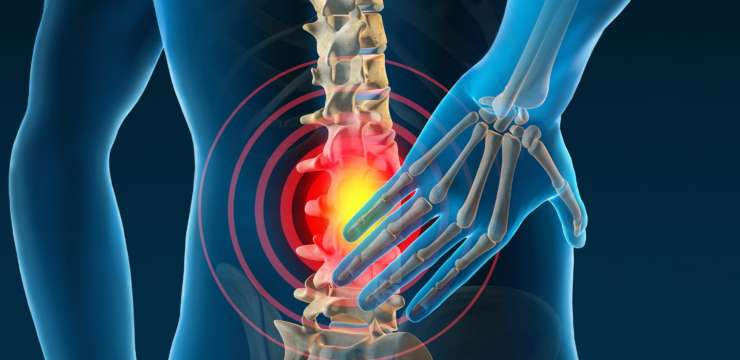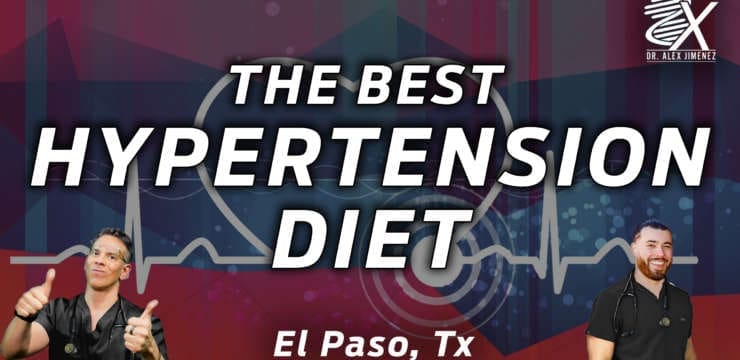
For individuals dealing with musculoskeletal pain, can incorporating acupuncture and dry needling therapy improve functionality?
Table of Contents
Introduction
All around the world, many individuals have experienced musculoskeletal pain at one point in their lives. Musculoskeletal pain can range from acute to chronic, depending on how severe the affected muscles are in pain. Sometimes, when a person is dealing with pain in one location and feels it in a different body location, that is known as referred pain, and it can lead to overlapping risk profiles. Additionally, many individuals dealing with musculoskeletal pain are often associated with various environmental factors that contribute to its development or have traumatic injuries that causes the spine to be out of alignment with the body. When it comes to treating musculoskeletal pain, many individuals will do home remedies that can provide temporary relief until the pain flares up again. When that happens, many will seek treatment to reduce the pain-like effects and find the relief they are looking for. Today’s article examines two treatments, their benefits, and how they can reduce musculoskeletal pain. We talk with certified medical providers who consolidate our patients’ information to provide numerous treatments to minimize musculoskeletal pain affecting their bodies. We also inform and guide patients on how various treatments can be beneficial to their health and wellness as they can help reduce musculoskeletal pain. We encourage our patients to ask their associated medical providers intricated and important questions about the referred pain-like symptoms they are experiencing from musculoskeletal pain that is causing them pain and discomfort. Dr. Jimenez, D.C., incorporates this information as an academic service. Disclaimer.
What Is Acupuncture?
Do you wake up in the morning feeling general aches and pains in various muscle locations? Do you feel muscle stiffness in your neck, shoulders, or back after a long, hard workday? Or have you experienced pain-like symptoms like numbness or radiating burning sensations in your upper or lower body extremities? In these pain-like scenarios, many individuals are experiencing musculoskeletal pain once in their lives. This usually happens when environmental factors or traumatic injuries occur in the musculoskeletal system, causing the surrounding muscles, ligaments, and tissue to be overstretched, tight, or weakened, depending on the severity. When a person is dealing with musculoskeletal pain, they will seek treatments to reduce the musculoskeletal pain and be affordable and customizable to the individual’s pain, hence why non-surgical therapies can benefit the person dealing with musculoskeletal pain.
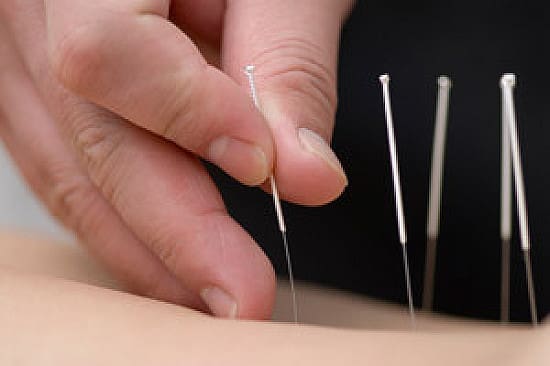
One of the oldest forms of non-surgical treatment is acupuncture, which can help reduce musculoskeletal pain. Acupuncture has been practiced in China for over two thousand years by modulating the body’s physiology by stimulating specific body regions or acupoints. (Wang et al., 2023) Acupuncture incorporates thin, solid needles used by highly trained medical professionals to restore the balance of qi or energy flowing through the body while positively affecting the central and peripheral nervous system. To that point, by changing pain perception, acupuncture can help reduce the inflammatory cytokines associated with musculoskeletal pain. (Kelly & Willis, 2019)
Acupuncture Benefits
Some of the benefits that acupuncture can help a person dealing with musculoskeletal pain include:
- Release tight muscles.
- Inflammation reduction
- Regulate gut activity associated with musculoskeletal pain.
- Improve pain and disability.
Since pain is a common indication for acupuncture, acupuncture for individuals experiencing musculoskeletal pain can help enhance the descending inhibitory effects while modulating the feelings of pain, which, to this point, modify central sensitization. (Zhu et al., 2021) This, in turn, helps many individuals experience positive effects from musculoskeletal pain reduction in their bodies.
What Is Dry Needling?
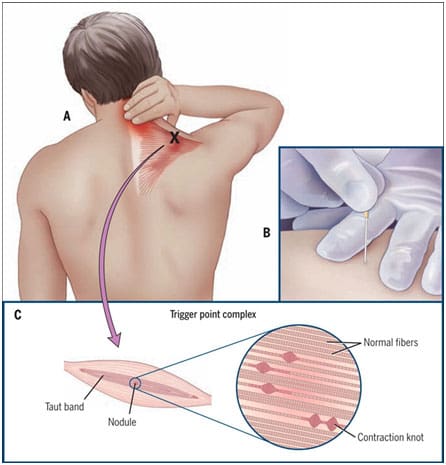
Dry needling is a different form of acupuncture that combines TCM (traditional Chinese medicine) and structural manipulation of the affected muscles experiencing pain. Dry needling is safe and, like acupuncture, cost-effective. It reduces pain and improves fascial and scar tissue mobility back to the muscle. (Munoz et al., 2022) At the same time, dry needling is used by highly trained professionals to treat soft tissues and neurovascular bundles correlated with numerous neuromusculoskeletal pain syndromes by inserting fine monofilament needles and stimulating specific reactions in the targeted tissue. (Lara-Palomo et al., 2022)
Dry Needling Benefits
Dry needling can help reduce musculoskeletal pain symptoms associated with myofascial pain syndrome by mechanically disrupting the trigger points to elicit a local twitch response. (Lew et al., 2021) Some of the benefits that dry needling provides include:
- Decrease muscle tightness.
- Pain reduction
- Joint and muscle mobility
- Increase blood flow.
How Acupuncture & Dry Needling Help With Pain?
Depending on how severe the individual’s pain is affecting their daily life, they can choose either acupuncture or dry needling and combine them with other non-surgical therapies to reduce the chances of musculoskeletal pain from causing overlapping risk profiles that can make a person’s life miserable. Both non-surgical techniques can be effective with patients dealing with musculoskeletal pain, improve stiffness and fatigue, and enhance quality of life. (Valera-Calero et al., 2022) Incorporating these non-surgical treatments to reduce musculoskeletal pain with healthy habits can give helpful results to the individual by making small changes in their everyday lives and being mindful of their bodies. This allows them to reduce the chances of musculoskeletal pain and its associated factors from recurring again in the future.
Revolutionizing Healthcare- Video
References
Kelly, R. B., & Willis, J. (2019). Acupuncture for Pain. American Family Physician, 100(2), 89-96. www.ncbi.nlm.nih.gov/pubmed/31305037
www.aafp.org/pubs/afp/issues/2019/0715/p89.pdf
Lara-Palomo, I. C., Gil-Martinez, E., Antequera-Soler, E., Castro-Sanchez, A. M., Fernandez-Sanchez, M., & Garcia-Lopez, H. (2022). Electrical dry needling versus conventional physiotherapy in the treatment of active and latent myofascial trigger points in patients with nonspecific chronic low back pain. Trials, 23(1), 238. doi.org/10.1186/s13063-022-06179-y
Lew, J., Kim, J., & Nair, P. (2021). Comparison of dry needling and trigger point manual therapy in patients with neck and upper back myofascial pain syndrome: a systematic review and meta-analysis. J Man Manip Ther, 29(3), 136-146. doi.org/10.1080/10669817.2020.1822618
Munoz, M., Dommerholt, J., Perez-Palomares, S., Herrero, P., & Calvo, S. (2022). Dry Needling and Antithrombotic Drugs. Pain Res Manag, 2022, 1363477. doi.org/10.1155/2022/1363477
Valera-Calero, J. A., Fernandez-de-Las-Penas, C., Navarro-Santana, M. J., & Plaza-Manzano, G. (2022). Efficacy of Dry Needling and Acupuncture in Patients with Fibromyalgia: A Systematic Review and Meta-Analysis. Int J Environ Res Public Health, 19(16). doi.org/10.3390/ijerph19169904
Wang, M., Liu, W., Ge, J., & Liu, S. (2023). The immunomodulatory mechanisms for acupuncture practice. Front Immunol, 14, 1147718. doi.org/10.3389/fimmu.2023.1147718
Zhu, J., Li, J., Yang, L., & Liu, S. (2021). Acupuncture, from the ancient to the current. Anat Rec (Hoboken), 304(11), 2365-2371. doi.org/10.1002/ar.24625
Disclaimer
Disclaimers
Professional Scope of Practice *
The information herein on "Dry Needling vs Acupuncture: What are the Differences?" is not intended to replace a one-on-one relationship with a qualified health care professional or licensed physician and is not medical advice. We encourage you to make healthcare decisions based on your research and partnership with a qualified healthcare professional.
Blog Information & Scope Discussions
Welcome to El Paso's wellness blog, where Dr. Alex Jimenez, DC, FNP-C, a board-certified Family Practice Nurse Practitioner (FNP-C) and Chiropractor (DC), presents insights on how our team is dedicated to holistic healing and personalized care. Our practice aligns with evidence-based treatment protocols inspired by integrative medicine principles, similar to those found on dralexjimenez.com, focusing on restoring health naturally for patients of all ages.
Our areas of chiropractic practice include Wellness & Nutrition, Chronic Pain, Personal Injury, Auto Accident Care, Work Injuries, Back Injury, Low Back Pain, Neck Pain, Migraine Headaches, Sports Injuries, Severe Sciatica, Scoliosis, Complex Herniated Discs, Fibromyalgia, Chronic Pain, Complex Injuries, Stress Management, Functional Medicine Treatments, and in-scope care protocols.
Our information scope is limited to chiropractic, musculoskeletal, physical medicine, wellness, contributing etiological viscerosomatic disturbances within clinical presentations, associated somato-visceral reflex clinical dynamics, subluxation complexes, sensitive health issues, and functional medicine articles, topics, and discussions.
We provide and present clinical collaboration with specialists from various disciplines. Each specialist is governed by their professional scope of practice and their jurisdiction of licensure. We use functional health & wellness protocols to treat and support care for the injuries or disorders of the musculoskeletal system.
Our videos, posts, topics, subjects, and insights cover clinical matters, issues, and topics that relate to and directly or indirectly support our clinical scope of practice.*
Our office has reasonably attempted to provide supportive citations and has identified the relevant research studies or studies supporting our posts. We provide copies of supporting research studies available to regulatory boards and the public upon request.
We understand that we cover matters that require an additional explanation of how they may assist in a particular care plan or treatment protocol; therefore, to discuss the subject matter above further, please feel free to ask Dr. Alex Jimenez, DC, APRN, FNP-BC, or contact us at 915-850-0900.
We are here to help you and your family.
Blessings
Dr. Alex Jimenez DC, MSACP, APRN, FNP-BC*, CCST, IFMCP, CFMP, ATN
email: coach@elpasofunctionalmedicine.com
Licensed as a Doctor of Chiropractic (DC) in Texas & New Mexico*
Texas DC License # TX5807
New Mexico DC License # NM-DC2182
Licensed as a Registered Nurse (RN*) in Texas & Multistate
Texas RN License # 1191402
ANCC FNP-BC: Board Certified Nurse Practitioner*
Compact Status: Multi-State License: Authorized to Practice in 40 States*
Graduate with Honors: ICHS: MSN-FNP (Family Nurse Practitioner Program)
Degree Granted. Master's in Family Practice MSN Diploma (Cum Laude)
Dr. Alex Jimenez, DC, APRN, FNP-BC*, CFMP, IFMCP, ATN, CCST
My Digital Business Card

